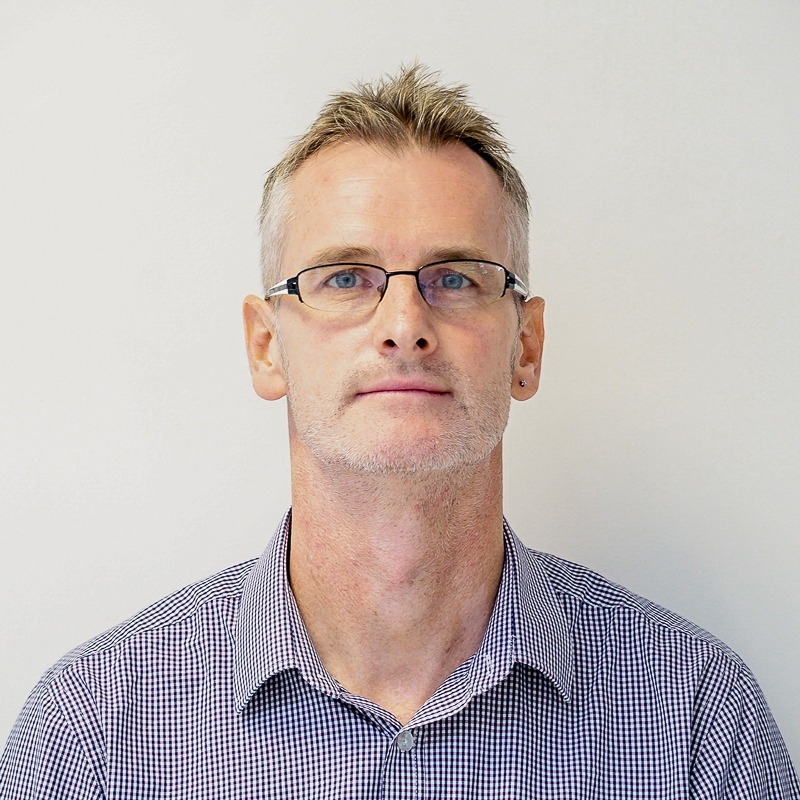Has lockdown helped South Africa cement its spectrum strategy?
The recent release of additional temporary spectrum in South Africa amid the country’s lockdown due to the COVID-19 pandemic, has underlined the importance of broadband connectivity and should ease the transition to a more permanent arrangement.
This is according to Eva Andrén, Head of Managed Services at Ericsson Middle East & Africa.
In April 2020 ITWeb reported that the Independent Communications Authority of South Africa (ICASA) announced it had released temporary high-demand spectrum to ease network congestion, to maintain the quality of broadband services for consumers and enable service providers to lower the cost of access during the COVID-19 lockdown.
ICASA considered applications for temporary spectrum in the following bands: 700MHz, 800MHz, 2 300MHz, 2 600MHz and 3 500MHz, as well as the use of television whites paces (TVWS).
Vodacom, MTN, Telkom, Liquid Telecom and Rain were reported to be among the listed recipients.
However, as ITWeb further reported, Telkom complained that the Regulator had erroneously assigned spectrum already licensed to the telco in the IMT2300 band. This was refuted by ICASA.
Ericsson’s Andrén would not be drawn into comment and said the license dispute was a matter between the regulator and the operator.
Coverage during pandemic
Andrén said the temporary additional spectrum will have a direct positive impact on coverage, especially during the pandemic.
“Mobile broadband connectivity is serving as the primary mode of business and social interaction during periods of national lock down. Now more than ever, people are spending more time online at home and as a result are generating more traffic per day. A significant part of this traffic is being served by the mobile networks, which has led to increased load and stress on the infrastructure. The additional spectrum would serve as a way of ensuring service continuity with minimal (if any) performance impact.”
The pandemic has highlighted the deeper value of broadband connectivity, said Andrén.
“We really appreciate ICASA’s action in making the temporary spectrum available, but there is a great opportunity to understand that the value of spectrum comes from its use for the right services. This crisis has further helped highlight that, given the right resources, mobile broadband can connect individuals with a combination of coverage, capacity and affordability which is unmatched.”
She explained that this new resource means increased coverage with fewer new sites in less time, infrastructure savings and, ultimately, the chance to be the first to have nationwide coverage in an extremely cost-efficient way.
“This significantly boosts performance and end-user experience, so that it is not limited to cities and specific locations, while minimising the impact on them.”
According to Andrén the current measures are aimed at ensuring continuity and reliability of broadband access network in South Africa during these difficult times and can be managed without any serious impact on the current regulations governing spectrum use in South Africa.
“Furthermore, ICASA has the proper oversight on the process as detailed in the Appendix A of ‘ICT COVID-19 National Disaster Regulations’. It should be noted that, when considering future permanent spectrum allocation to the operators, a spectrum awards that is closer to the temporary licenses would make the transition less cumbersome.”
SA on par
Andrén believes South Africa has the opportunity to be on par with (and in some instances, ahead of) the international game, by allocating low, mid and high band spectrum for 4G/5G mobile broad band use.
Ultimately South African mobile operators are likely to make the most of the development and possibly strengthen the country’s competitive position in comparison to counterparts on the continent.
“It is very difficult to draw a direct comparison of countries’ regulatory environments because of the differences in social, cultural, economic, and political in each country. However, if we consider global indices like the Mobile Internet Connectivity Report by GSMA or The Global Competitiveness Report by World Economic Forum, we can see that South Africa is doing well in comparison to other African countries,” said Andrén. “Having said this, South Africa is not in a leadership position in either of these reports.”
She said the expedition of 5G could help the country leapfrog ahead of its peers.
“With 5G, we will see next-generation mobile broadband, cloud and massive Internet of Things (IOT) deployment, in addition to enabling new industry use cases thanks to increased throughput and reduced latency.”
Andrén said in today’s world where mobile broadband connectivity is creating unimaginable new socio-economic opportunities, government’s policies and regulations play a key role in developing a competitive, non-restrictive and harmonised market.
